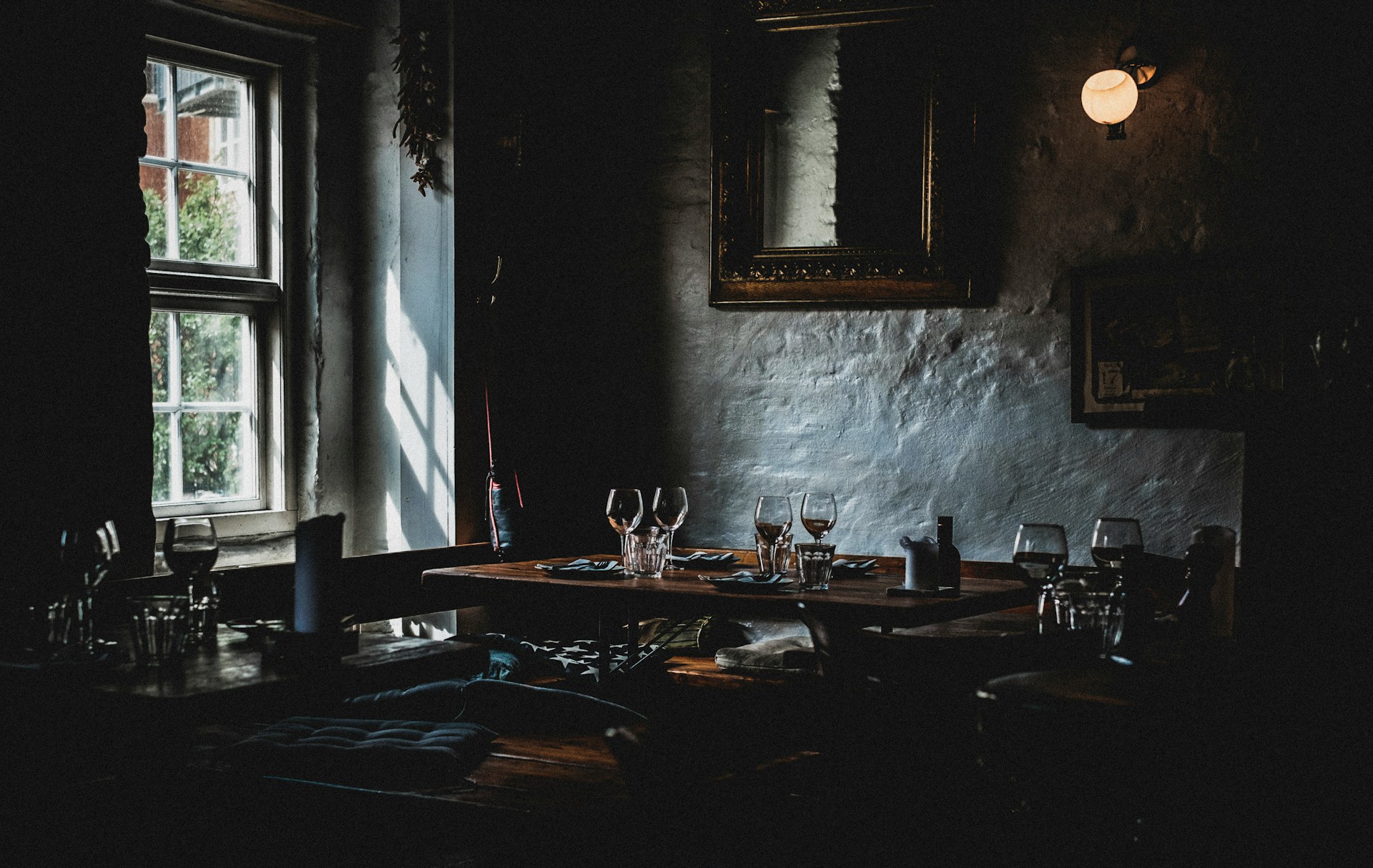Rose wine is a type of wine that comes with a unique taste and color. If we look at the brief history of this wine, we will find out that it has been around for many centuries. But, many people, including wine drinkers, don’t know how exactly it is made.
There are three traditional ways to make rose wine. Every wine region in the world follows one of these wine-making methods, which vary in several steps. Below we will reveal how each of these methods works.
Direct Press Method
Winemakers refer to the rose wine that comes from the direct press method as the true or intentional rose. This procedure starts with the winemaker harvesting fully ripe red grapes. After that, they take them to the winery and begin squeezing the juice out of the grapes.
Here, you should know that the juice that comes out of the grapes is a clear liquid. It’s the grape skins that contain certain pigments that provide the grape’s color.
When the grape juice comes out it makes contact with the outside skin of the grape, which dyes its color. Since this is only a brief contact, the juice only receives a small amount of the featured pigment. That’s why the wine doesn’t turn red, instead, it gets a pink color.
Many winemakers say that the purest form of rose comes from the direct press method. This is because the wine preserves all the light red fruit, melon, citrus, and floral aromatics. Wine producers from the South of France such as Domaine Tempier of Bandol are only making direct press rose.
Bled Method or Saignée
Next, we have the Saignée method, which is similar to the direct press method in certain steps. Here, the winemaker starts the wine-making process with ripe red wine grapes. But, in this method, they harvest the grapes for making red wine.
When the grapes arrive at the winery, the winemakers put them into a fermentation vessel. They leave them there for 2 hours up to several days. During this period of time, the grapes break open as a result of the weight of the grapes on top of each other.
This allows the juice to come out of the grapes. Just like with the direct press method, the clear grape juice comes in contact with the pigments located in the grape skins.
However, the amount of pigment that the juice extracts from the skin is greater than in the previous method. This is because the grapes are all together in a large vessel for a certain period. This causes the juice to feature a darker hue of pink.
The winemaker will then drain off a portion of the juice from the tank after it reaches a desired time frame. With this, they separate a pink juice from the large vessel and allow it to ferment on its own.
As one might guess, the Saignée roses come with a darker color than the ones produced with the direct press method. Sometimes they may even have darker fruit notes of blueberry and blackberry, as well as herbal notes.
This is a very popular rose-making method in Spain. In this country, they produce some well-known very dark red wines such as:
- Garnacha
- Tempranillo
- Bobal
- Mencia
- Trepat
Blending Method
This method is similar to the way the ancients used to get their rose wine. They would dilute their red wines with water to produce such a wine. Winemakers today are still following this wine-making process as they make rose wine by blending multiple liquids. However, they dilute the red wine with white wine instead of water like the ancients.
There is a similar procedure followed in the popular Champagne region of France. Here, they make rose Champagne by first producing white wine from grapes of their choice. In many cases, the type of grapes are Chardonnay. Then they add a small amount of still red wine of either Pinot Meunier or Pinot Noir.
Many wonder why winemakers are choosing this method before the two we mentioned earlier. Well, they should know that wine grapes such as Chardonnay have a higher percentage of lipids.
These lipids are the ones that create the smaller bubbles in the sparkling rose such as the rose Champagne. Winemakers refer to these bubbles as mousse. The lipids are also retaining a larger portion of bubbles for a longer period of time. That way the sparkling wine doesn’t go flat.
From a flavor and aromatic standpoint, blending white and red wine allows more flavors to come out. For instance, the Chardonnay provides notes of pear, apple, and lemon. On the other hand, the red wine brings notes of raspberry, red cherry, and strawberry.





